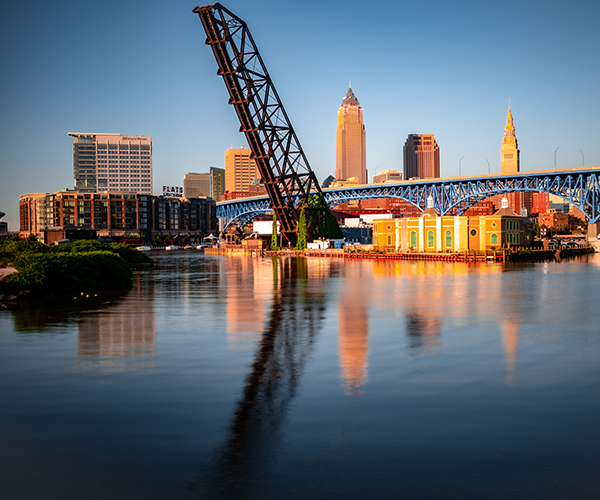Open Court
by Laura Crawford | May. 27, 2008 | 4:00 AM
According to museum director and CEO Timothy Rub, the decision to open the 1916 building, with its Ionic columns and grand outdoor stairway, before the others was symbolic. He wanted to “recognize the dominant image and respect it.” In fact, renovations architect Rafael Viñoly created his design around the building, and carefully considered how the additions would fit.
“When you change something that people love,” Rub explains. “And people do love this museum, you invariably are going to upset them.”
Armory fans don’t need to worry too much. Though the renovated gallery will display a fresh coat of paint, it’s virtually untouched. The fully armored knight and horse that once stood in the center of the room will be back, along with the rest of the iconic collection.
The biggest change is in the transformation of the old garden court. The brick walls, organ loft and wishing well are gone. In their place are plastered walls, marble wainscot and framed art. It is the new gallery for 17th and 18th century Italian paintings and sculptures such as Antonio Canova’s marble “Terpischore.” The former loft space will display miniatures from that era.
“The museum is a different place now than 100 years ago,” Rub says.
With all these changes, the goal is to minimize the appearance of the updates and restore the building’s original appearance — knocking down walls has revealed a few decades-lost skylights, for example.
In the end, Rub hopes visitors will look around and say, “It’s the beautiful gallery I remember, but buffed-up.”
Trending
-
1
-
2
-
3
-
4
-
5










